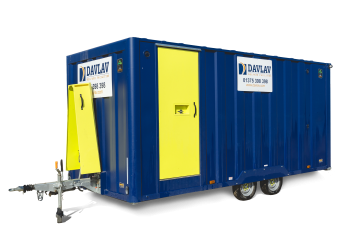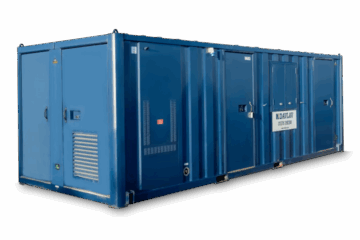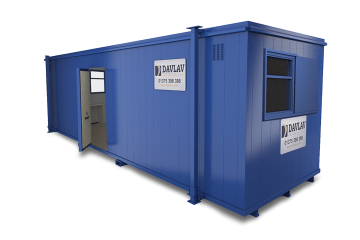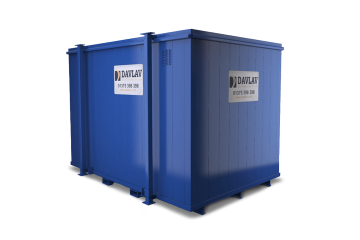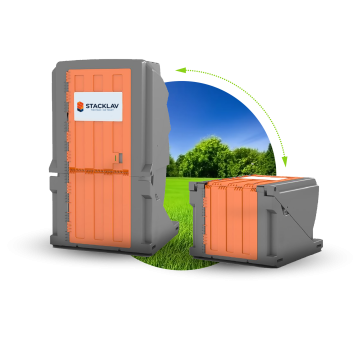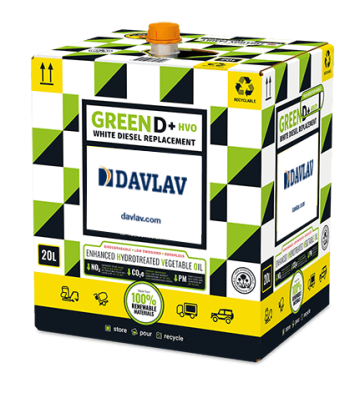Going green – Anti-idling and congestion cutting
Anti-idling and congestion cutting
We are always looking at ways in which we can cut our carbon footprint and become more environmentally friendly. Due to all the vehicles we utilize in day to day operations of our business. We have identified this to be a key area in which we can become more green. As Mentioned in a previous blog, we have recently switch to Green HVO Fuel. This is a fossil-free, paraffinic fuel made from 100% renewable materials. Another area in which we are constantly looking into would be in reducing idling vehicle. We are following an FORS advice on their anti-idling and congestion cutting. We have been doing so for a while but it is always good to pay attention making sure we are doing the best we can. As it is said that idling engines create more levels of carbon monoxide and nitrogen dioxide emissions than those running at 30 mph.
Anti Idling Technology
One way of tackling this issue is by taking advantage of the many different types of technologies there are out there. Technology that can be used to reduce engine idling and cut congestion.
Congestion Cutting technology
This is technology that can help vehicles in avoiding high congestion areas in advance. Therefore decreasing the chance of adding to the congestion, causing more pollution. Leading to engine idling being avoided.
Sat Nav – Sat Nav’s come with many great features for trucks and bigger vehicles. They allow the user to input the vehicle’s height, width and weight. To then create accurate and safe routes. Avoiding any hazards which could cos congession themselves. Including low bridges and tunnels.
Smartphone Applications – Apps on smartphones have the added benefits of being constantly updated. Giving live feeds of congestion up ahead, and re routing to avoid this. Even finding suitable places to pull up and have a break to wait for the congestion to clear.
Loading Bay Management – Vehicles waiting for loading bays can cause congestion. A personal digital assistant (PDA) device can help with this. Improving the dispatching and deliverance of good to the most appropriate times.
Other congestion cutting technology include tracking sytems, routing systems, vehicle and axle weighing systems.
Anti Idling Technology
This is technology that can help monitor and manage idling in within the company’s vehicles. Creaing ways the avoid drivers engines stood idling the vehicle is stationary.
Start/Stop Technology – Most newer vehicles will have this technology embedded into them. It will automatically cut the engine out when the vehicle has come to a stand still. The engine will then instantly start again as soon as needed. Their can also be a manual button for drivers to this themselves.
Telematics – Telematics monitors a vehicle location and operational status. It can help to provide detailed engine information. It can help with many aspects of fuel management.
The future of technology
With technology ever advancing, there is sure to be new and improved ways to reduce congestion and idling. 5G is one area that people are expecting to see help in the future. Along with the rise of electric vehicles.
Introducing policies and briefing drivers
Along with an improvement in technology drivers must be briefed and policies must be made for them to follow. For example, monitoring how much each vehicle spends idling and then setting goals for drivers to reduce this. Regular toolbox talks to remind drivers of why we must reduce congestion and idling is another good technique. Letting them know the benefits this could bring to them, the company and the wider community.
If you wish to read FORS’s full tool kit and drivers guide follow the link here.
Monitoring our idling and congestion is just one way we here at Davlav are looking at becoming more green.
If you want to read more have a look at our HVO transition plan.
HVO Transition plan – Important Information For Our Customers
For any of your construction site and welfare needs check out our full site. https://davlav.com/





